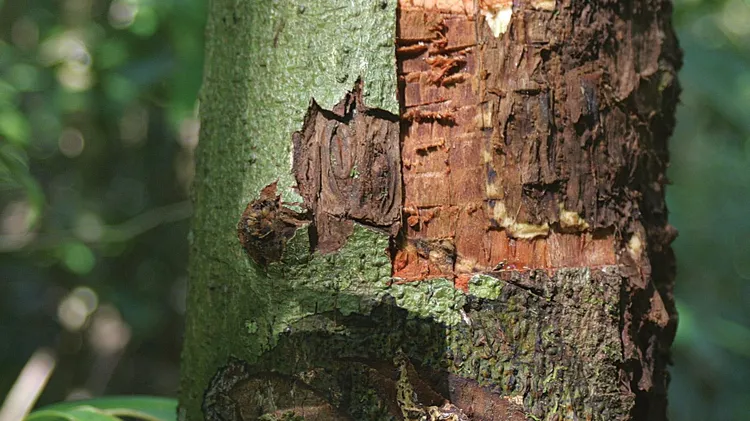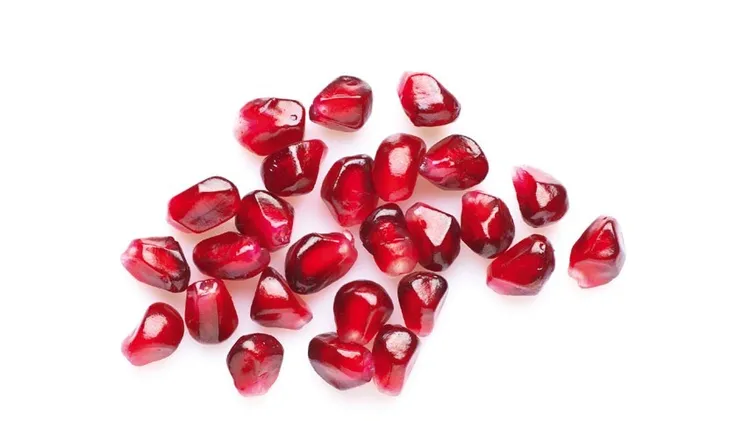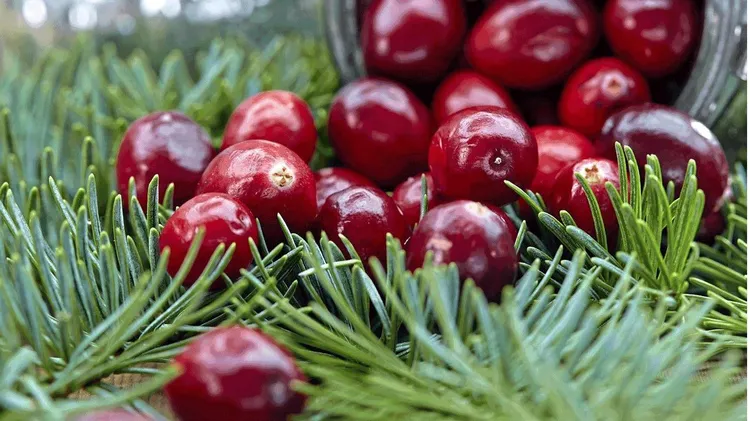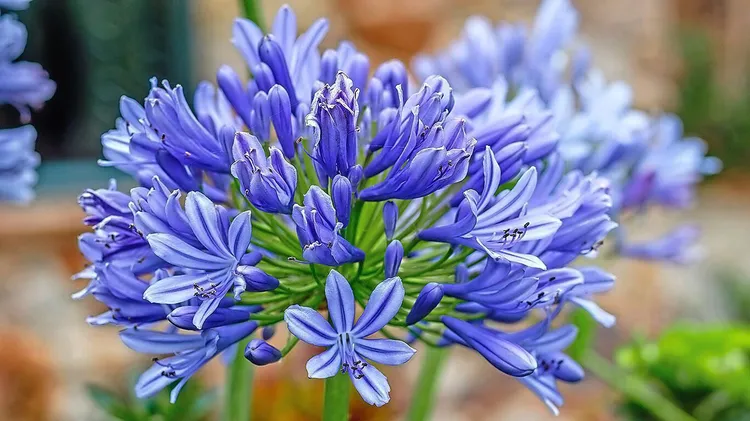Kirsty Angwin encourages us all to give these wonderful heritage
Rhs beginner’s guide quince
4 min read
This article is from...
Read this article and 8000+ more magazines and newspapers on Readly






